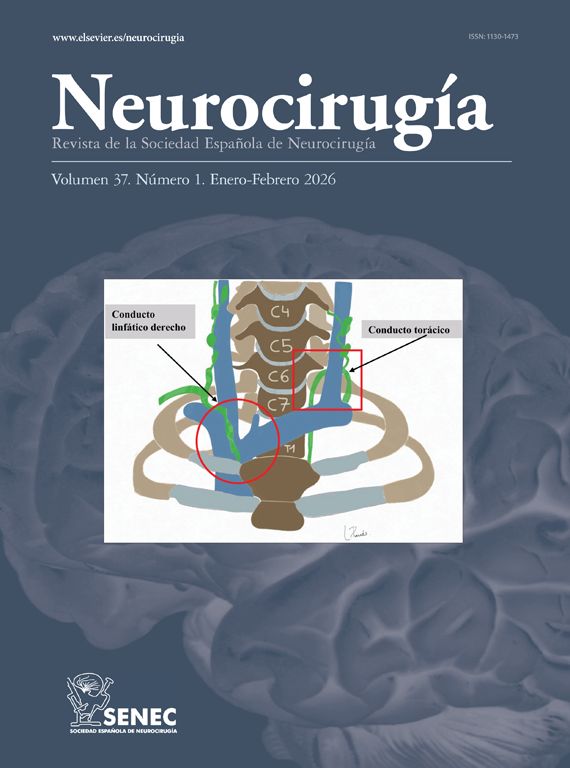C0087 - SELECTIVE EXTRACRANIAL-INTERCRANIAL BYPASS OF ACUTE OR CHRONIC CEREBRAL HYPOPERFUSION: NEW TECHNIQUE DESCRIPTION AND CASE SERIES
Sklifosovsky Research Institute of Emergency Care, Moscow, Russia.
Objectives: To present a new method of extracranial-intracranial (EC-IC) bypass in regions of cerebral hypoperfusion by merging neuronavigation (NN), perfusion (single-photon emission computed tomography [SPECT]) and computed tomography angiography (CTA) studies.
Methods: We investigated selective EC-IC bypass in 14 patients with acute or chronic cerebral ischemia. Firstly, we performed SPECT and CTA and merged the perfusion maps with angiographic results. The region of hypoperfusion was outlined, and the recipient intracranial artery (RA) that supplied the region of interest was identified and marked. The donor extracranial artery (DA) was identified and marked, and the extent of the boneflap outlined. The DA was usually STA, but could be any branch of the external carotid artery that lay near the RA. Finally, we uploaded the data onto the frameless NN, marked all extracranial information, and used a contact probe to plan the dura incision with respect to the planned RA projection. The bypass was performed in classic fashion.
Results: Of the total patients; 12 (86%) presented with acute ischemic stroke and two (14%) with chronic cerebral ischemia and lowered cerebrovascular reserve. We performed single EC-IC bypass on 10 (71%) patients, and double-barrel anastomosis on four (29%). The STA was used as a donor artery in 11 (79%) cases, in all other cases the posterior auricular and occipital artery were used. Postoperative cerebral perfusion changes (assessed by SPECT) revealed an increase in cerebral perfusion (of 26.3%) in 13 (93%) patientsand no change in cerebral perfusion in one patient (7%). Postoperative CT scans revealed no hemorrhagic complications. All bypasses were patent at 1, 3, and 14 days postoperatively, as assessed by CTA and ultrasound examination.
Conclusions: The presented method of selective EC-IC bypass is safe for patients with acute and chronic cerebral hypoperfusion.







